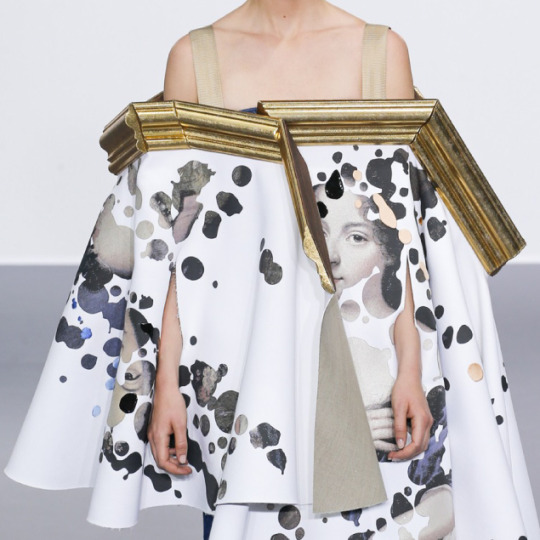This weekend I took the train from New York City to Washington, DC. An experiment: 3hrs down, 8 hours on the ground, 3hrs back home. A rousing success.
I was blown away how much nicer the train trip was. Took a subway to the train station, grabbed a coffee and snack, and then pretty much walked directly to my car and seat. My big fat cushiony seat with plenty of legroom, next to the big window. No security hoops to jump through, no rules for seatbelts and tray tables. What a dream. Definitely want to do more trips like this.
The specific reason for the trip was that the Rubell Museum DC just opened late last year. I can’t think of any other time in my life I was around “at the beginning” for a new institution like that. What a cool opportunity!
The featured exhibition was What’s Going On? – a nod to Marvin Gaye, who went to junior high in the building that now houses the museum. Really liked the Kehinde Wiley in the main hall – Sleep (2008):

(Seeing Wiley’s work in person for the first time was one of my favorite art moments.)
Also enjoyed a bedazzled and dazzling work from Mickalene Thomas, whose collaged paintings just burst out of the frame.
After the Rubell, the next stop was the National Gallery of Art, East Building. Man, I love quilts. I loved this one, “Columns of Blocks” (2003) from Gee’s Bend quilter Sue Willie Seltzer, “evoking ripples and reflections on the wide, wandering Alabama River”, as the placard has it.

Perfect. And I’ll close with Max Ernst’s “A Moment of Calm” (1939). Love its dense details, making harsh, spiky angles somehow lush and warm. And those big birds are just silly.

In summary: 10/10, will train for art again.























